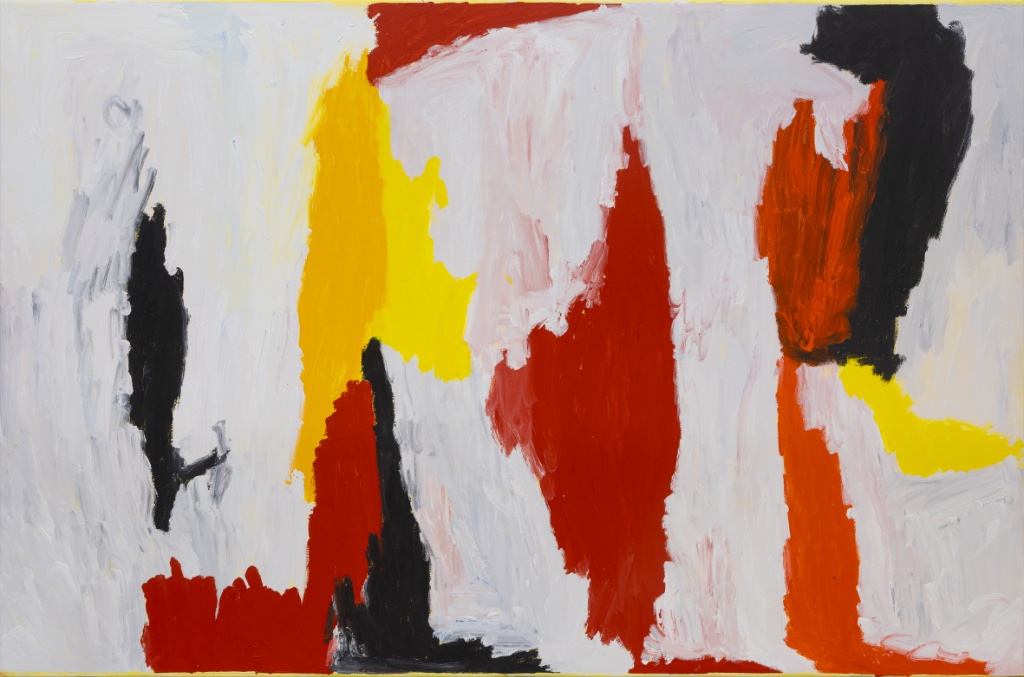
“There was no stopping her from painting,” says Amanda Gabori, daughter of painting powerhouse Mirdidingkingathi Juwarnda Sally Gabori (Sally Gabori for short), currently the subject of a solo exhibition at Paris’s Fondation Cartier. Normally, there would be nothing surprising about an artist painting compulsively, but Gabori had never picked up a paintbrush or shown any interest in doing so until 2005, when she was over 80 years old. Once she did, she just kept going, painting over 2,000 canvases before she died in 2015.
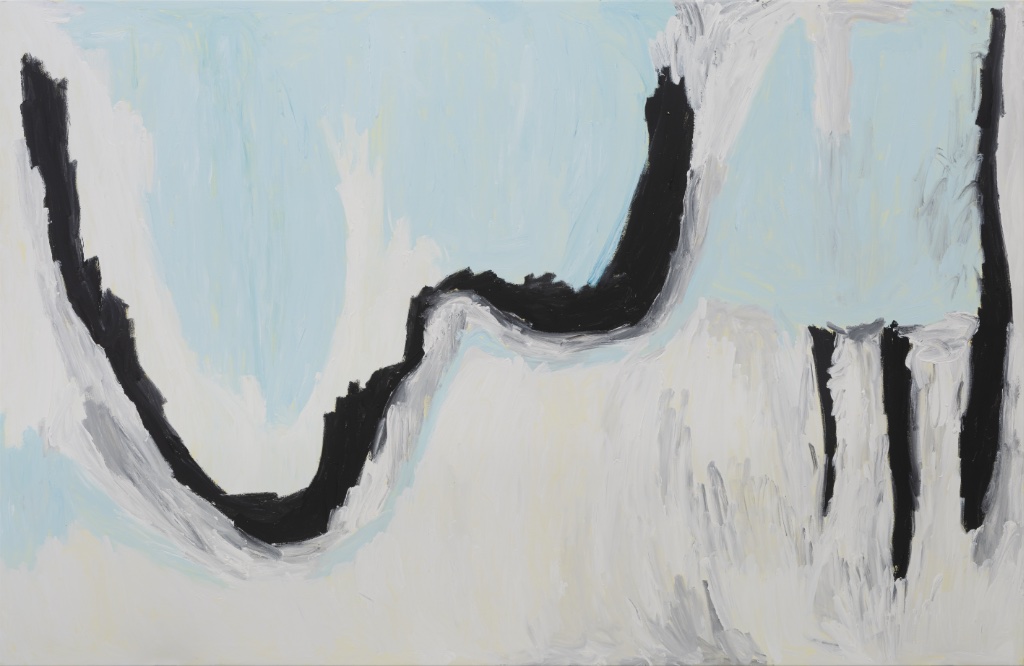
You’d be hard-pressed to find a more inspiring “never-too-late” story or a more joyful collection of paintings than Gabori’s. She was born c. 1924 on tiny, isolated Bentinck Island, off the coast of Queensland in northern Australia, the ancestral home of the Kaiadilt people, who had lived there for tens of thousands of years. Though there were fewer than a hundred people left on the island in the mid-20th century, they clung to their traditions, with little outside influence, and most of them refused offers from missionaries to relocate them until the day came when a cyclone and a tidal wave wiped out their freshwater supply, and they were forcibly removed to a Presbyterian mission on the larger Mornington Island. There, the missionaries separated men from women and parents from children, and forbade them to speak their native language. The move was so traumatic for them that none of the women gave birth for nearly a decade.
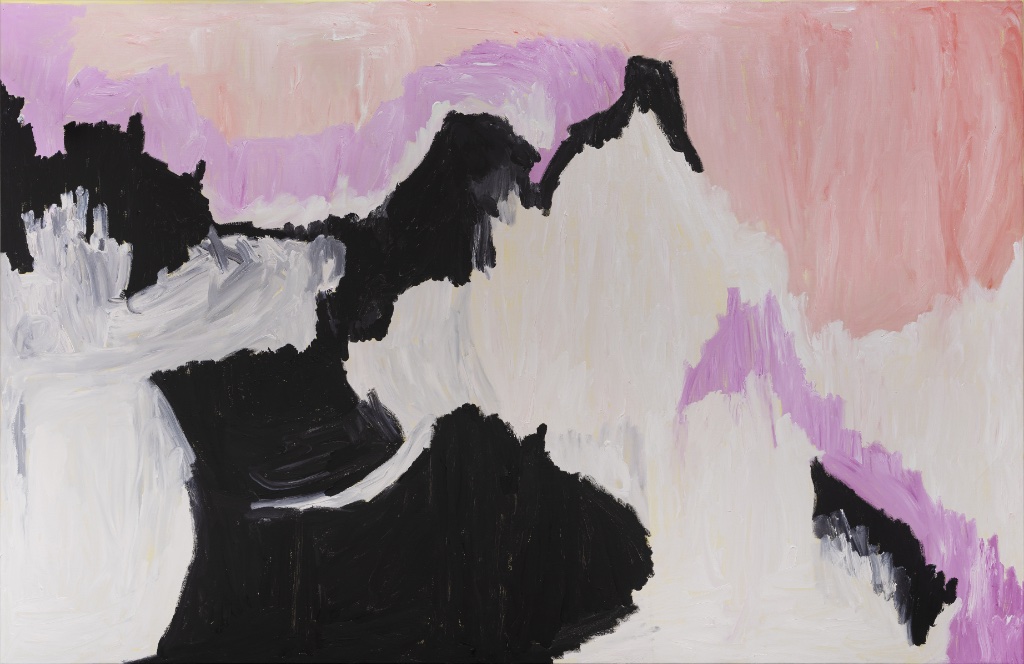
Gabori, who was one of her husband’s four wives, had 11 children and spent most of her life in the traditional pursuits of fishing and weaving. When she was around 80, she went to the Mornington Island Arts and Crafts Centre, at the time frequented mostly by men who did traditional paintings on bark, where she was given paints, paper and brushes as a kind of occupational therapy. Suddenly, she found her occupation or, more precisely, her calling.
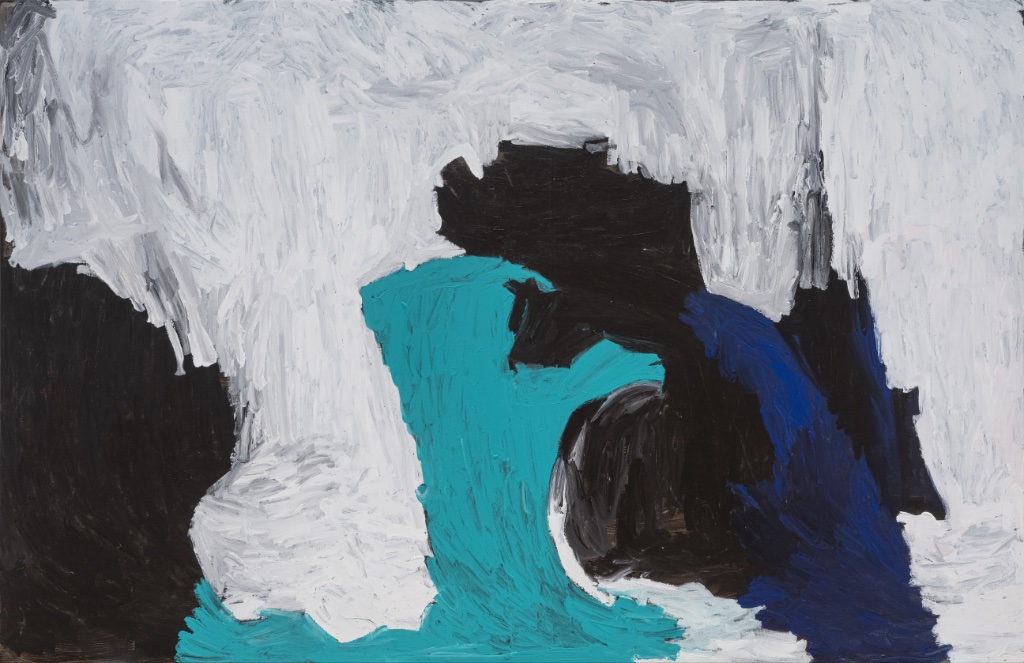
Unlike many such outsider artists, Garbori was “discovered” fairly quickly and was rewarded in her lifetime with a measure of fame and fortune, although, according to her daughter, money meant nothing to her. It all came about because the art center, suspecting that it had a major talent on its hands, had sent some of her work to Beverly Knight, owner of the Alcaston Gallery in Melbourne, who recognized Gabori’s talent and helped to develop her work by providing her with materials and marketing her paintings, which are now held in many private collections and belong to a number of major museums. Did Knight try to influence Gabori’s work to make it more saleable? “Oh no! You couldn’t influence her!” she says.
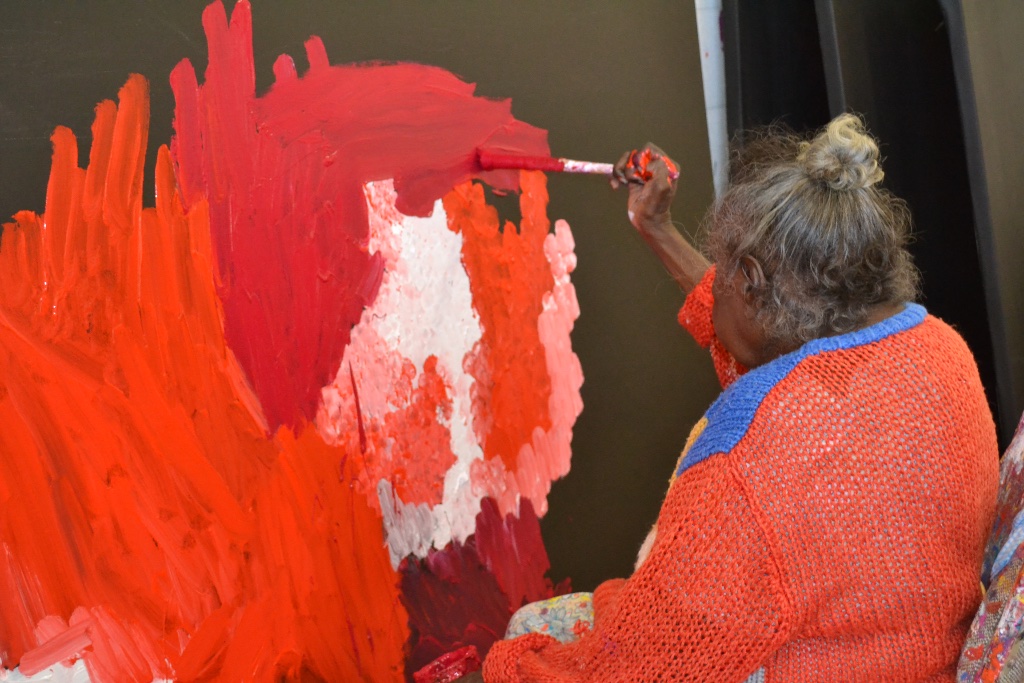
Gabori’s story is amazing, but what about the quality of the art? Astounding, especially considering that she had absolutely no training in painting or knowledge of art history. The large-format abstract paintings in the exhibition show a brilliant sense of color, although a few are in black and white. There is no repetition among them, and the visible brushstrokes are deliberate and varied. When she painted (in acrylics), she held her brush in her fist, which, as one commentator noted, enabled her to better control each stroke. Because she used small brushes, each large painting required a great deal of work. Gabori often sang traditional songs while working and preferred to paint standing up as long as she was able.
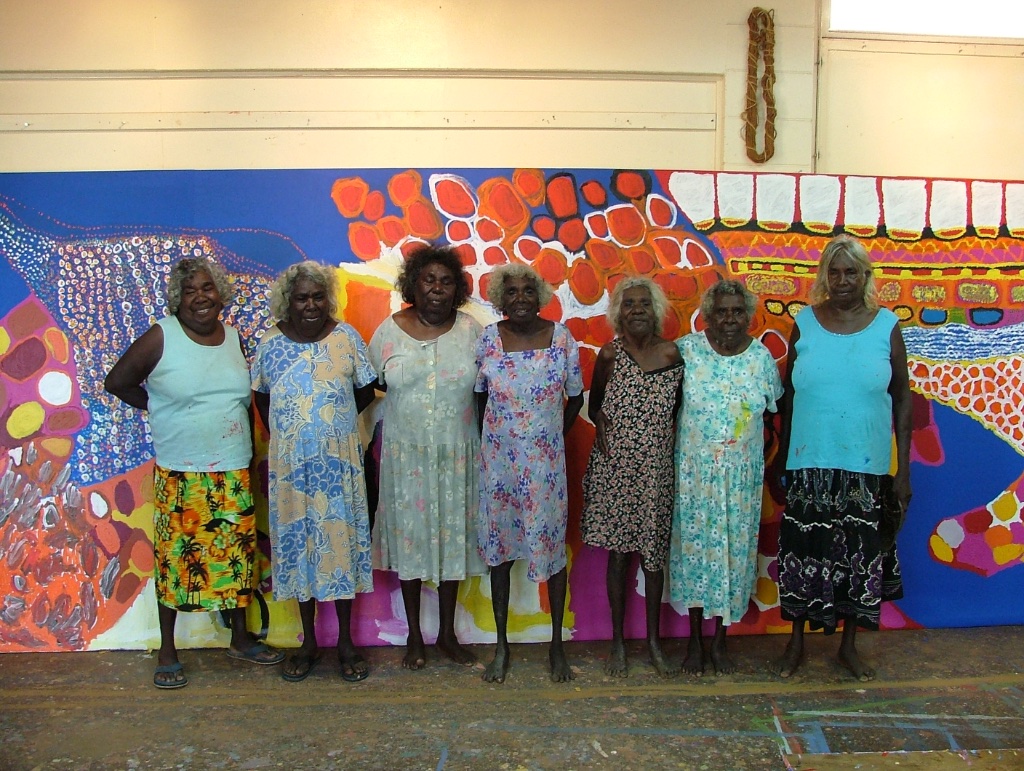
While the works are abstract to the viewer’s eye, in Gabori’s mind they represented the landscapes of the places she had known on Bentinck Island, named in the title of each piece. The monumental paintings in the Fondation Cartier’s ground-floor gallery on the right are collaborations with other women in her family and entourage, who were inspired and encouraged to paint by Gabori. Some of the other painters included traditional Aboriginal dot designs in them, but Gabori herself never painted dots.
They say that talent will out. How wonderful that in this case it was not only outed, but also recognized and rewarded.
Note: Click here to see a film of Sally Gabori at work and learn more about her life and work.
Favorite
This is one of the most unabashedly, refreshingly, inspiring, hope-fueling stories I’ve read in a while! Seeing these works on a monumental scale must be an experience, but thanks for bringing it all to vibrant life through your words.
Thank you, Michael!